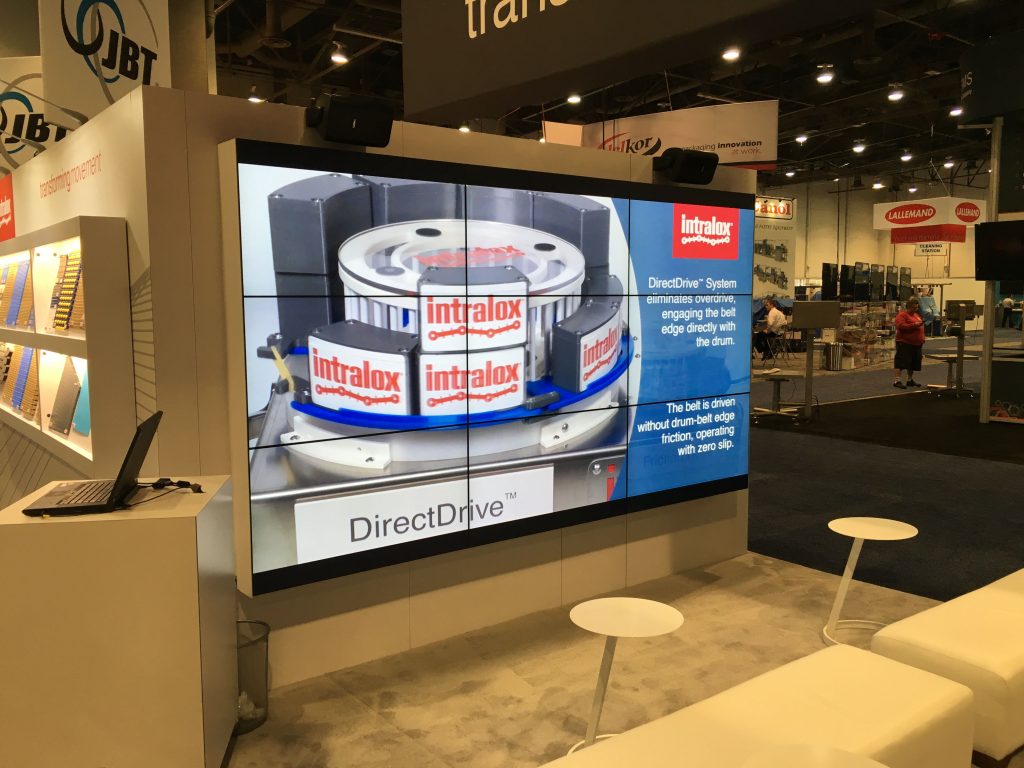Perfecting Color Precision in Light Emitting Diode Display Adjustment for Stunning Graphic Presentations
Perfecting Color Precision in Light Emitting Diode Display Adjustment for Stunning Graphic Presentations
Blog Article
Color accuracy is crucial for producing stunning visual presentations, particularly when using LED walls. These massive screens are commonly found in places like music venues, athletic arenas, and advertising billboards. When the hues on an LED screen are not correct, the images can look flat or warped, which can affect the overall experience for viewers. Therefore, perfecting color accuracy in LED wall tuning is vital for attaining lively and true-to-life visuals.
The first step in ensuring color accuracy is comprehending how LED systems works. LEDs, or light-producing diodes, generate light in multiple colors by combining red, green, and blue (RGB) light. Each dot on an LED wall consists of these three colors. When tuned properly, the combination of RGB can create a wide range of colors. However, if one hue is too intense or too dim, it can throw off the entire screen. This is why calibration is necessary to equalize the colors and reach the desired graphic effect.
Calibration entails modifying the configurations of the LED wall to ensure that the hues displayed match the initial material as nearby as possible. This procedure usually includes using specific software and hardware tools. Technicians frequently use color assessment devices, such as spectrophotometers, to examine the colors being shown. By comparing the measured hues to benchmark color values, they can make exact modifications. This ensures that the hues are not only vibrant but also uniform across the entire screen.
Another important aspect of color precision is comprehending the environment in which the LED screen is used. Elements such as surrounding light can considerably impact how hues appear. For instance, a well-lit lit room may wash out hues, making them look less lively. To counteract this, technicians may modify the brightness and contrast settings of the LED screen. Additionally, they may choose particular color find more profiles that are better appropriate for different lighting conditions. This flexibility helps maintain color accuracy regardless of the observing surroundings.
Ultimately, routine upkeep and re-tuning are crucial for keeping an LED wall looking its finest. Over time, the functionality of LEDs can alter due to elements like degradation and heat fluctuations. Regular checks and adjustments can help guarantee that the colors remain correct and lively. By committing time in appropriate calibration and upkeep, venues can provide viewers with stunning visual presentations that enhance their total experience. Perfecting color precision in LED wall calibration is not just a mechanical job; it is an art that contributes to the magic of visual storytelling.